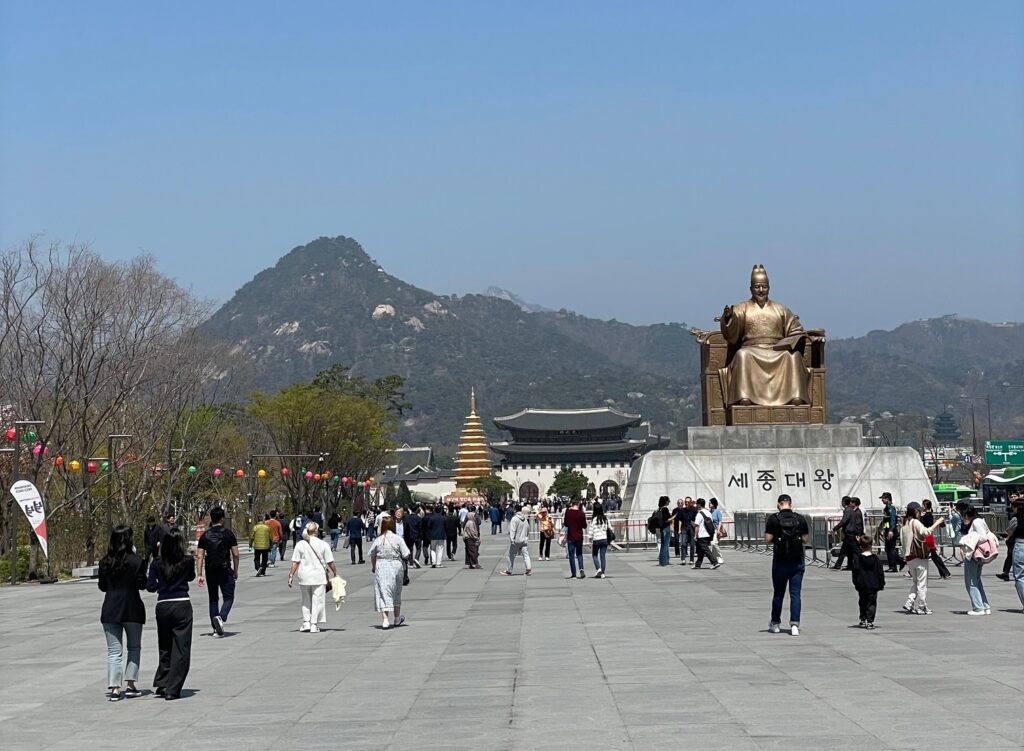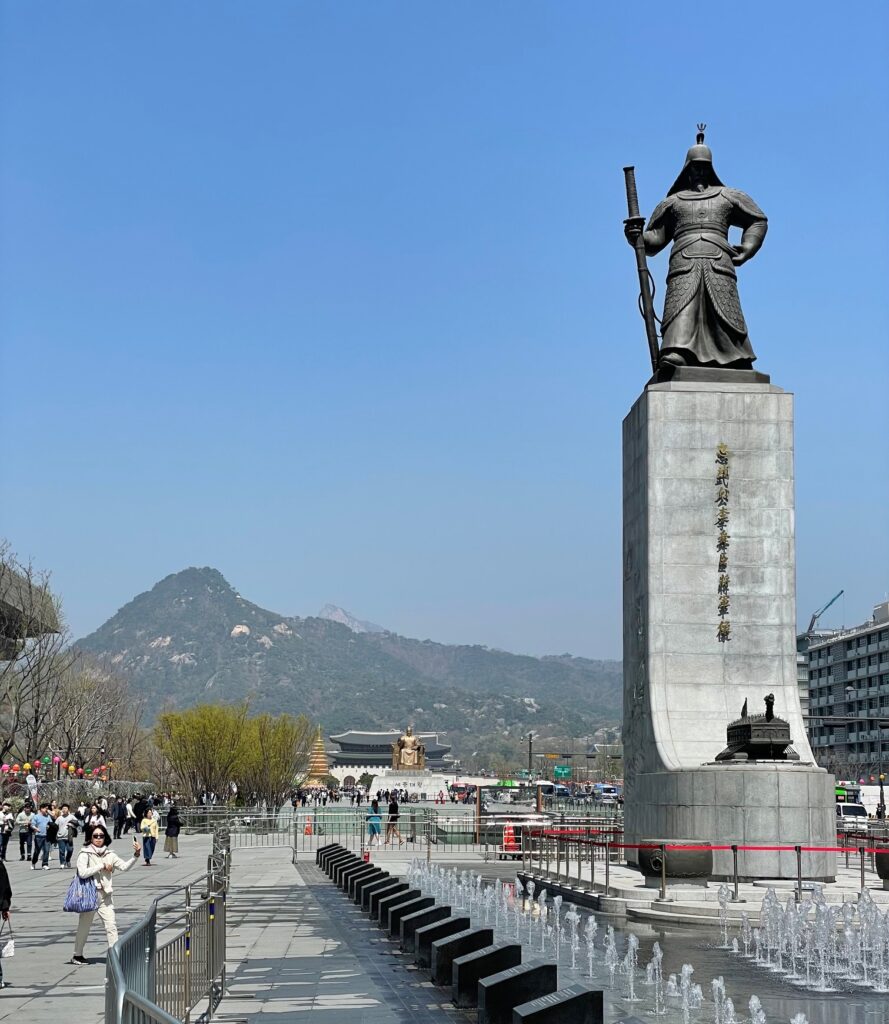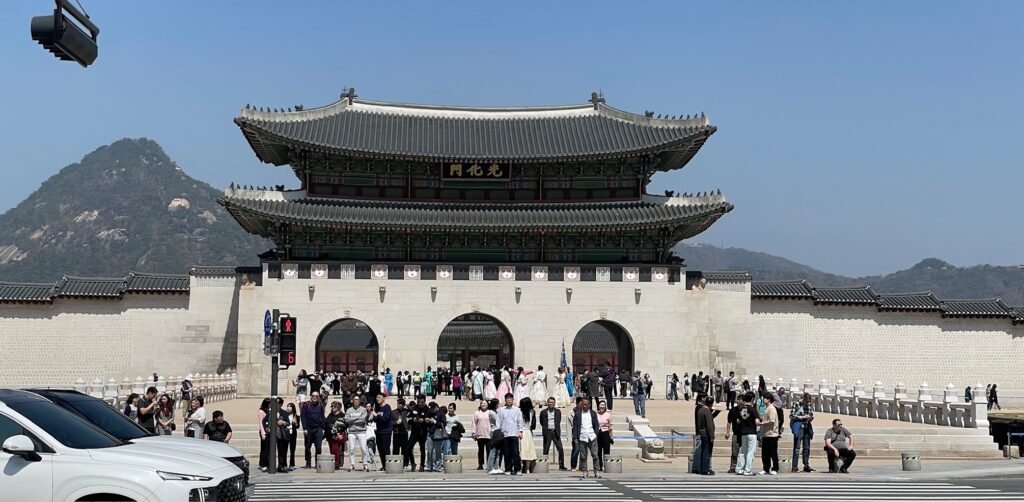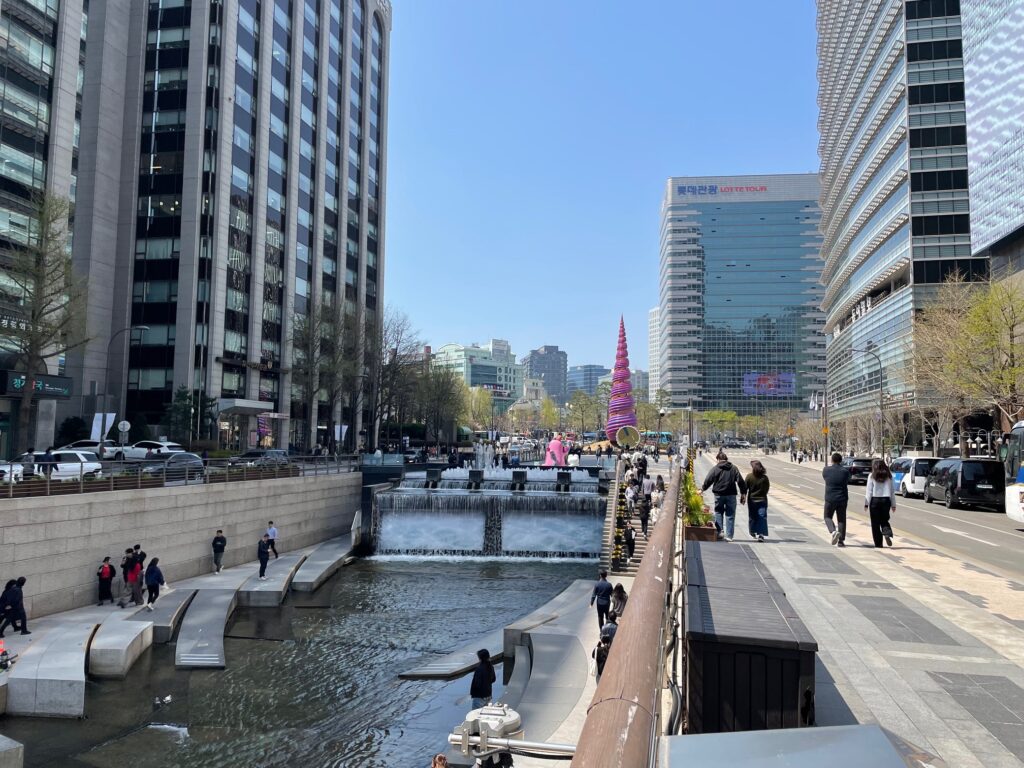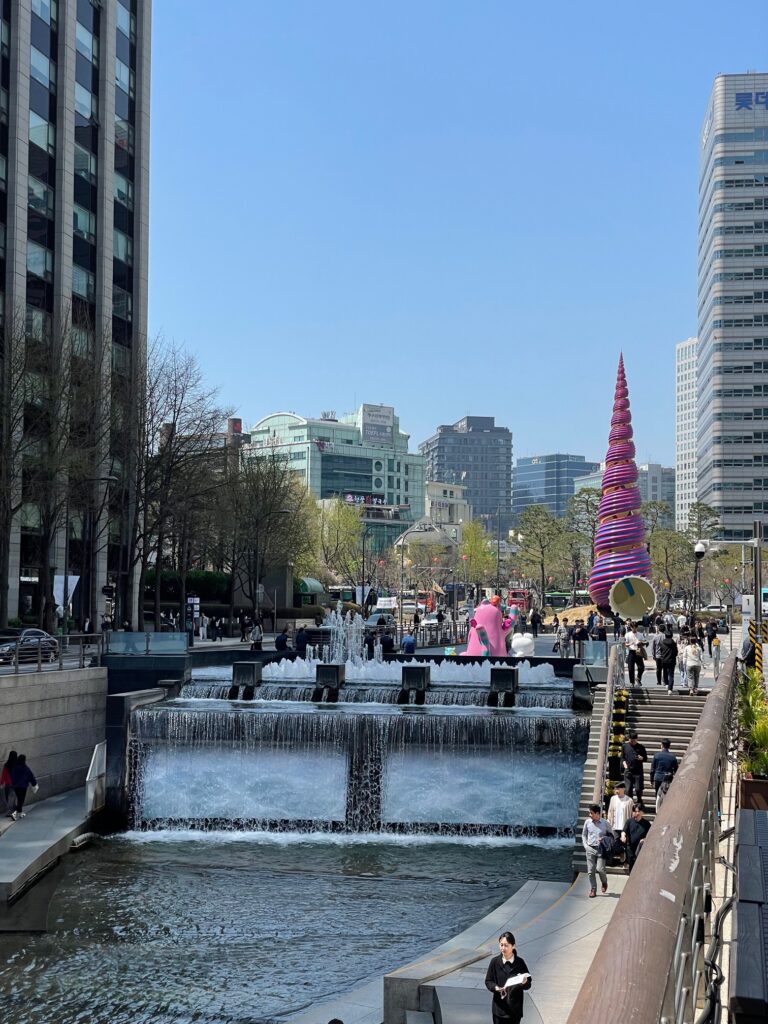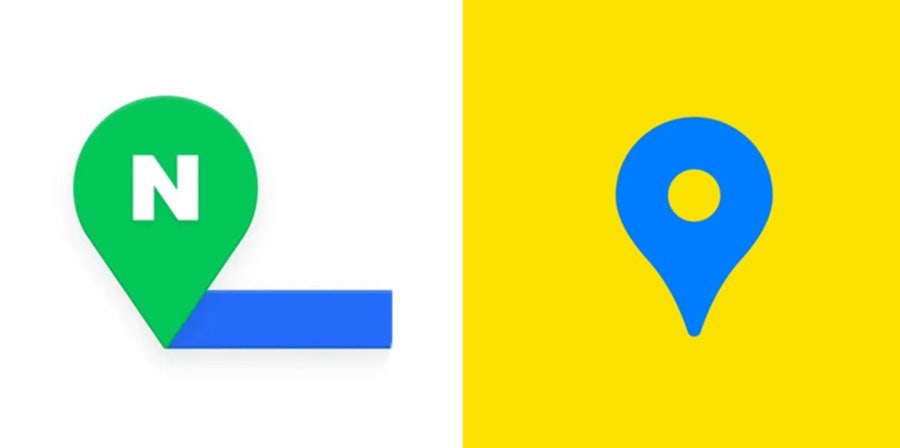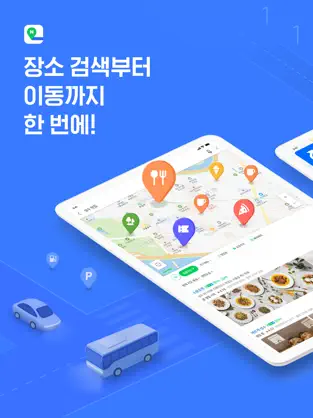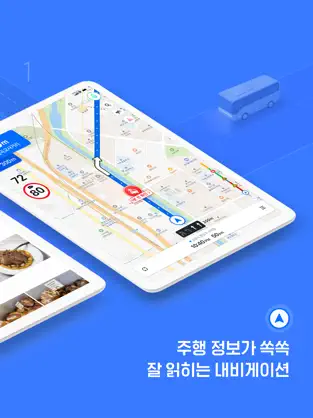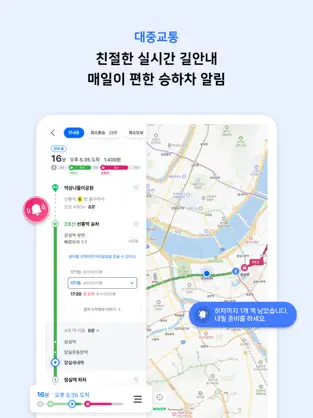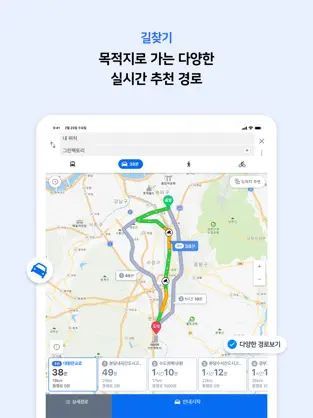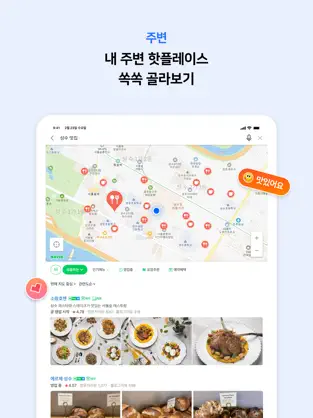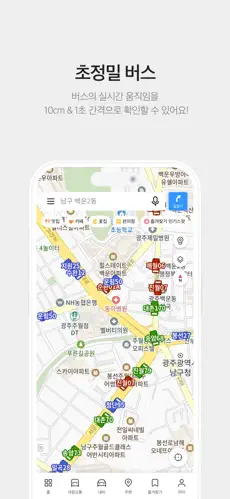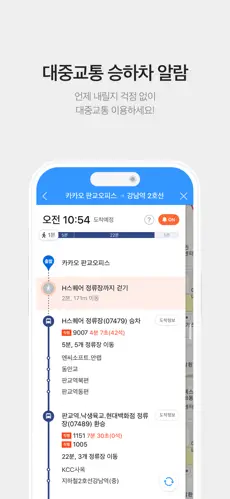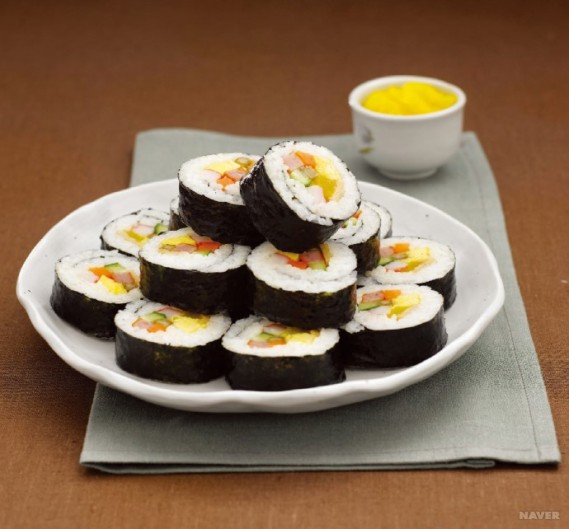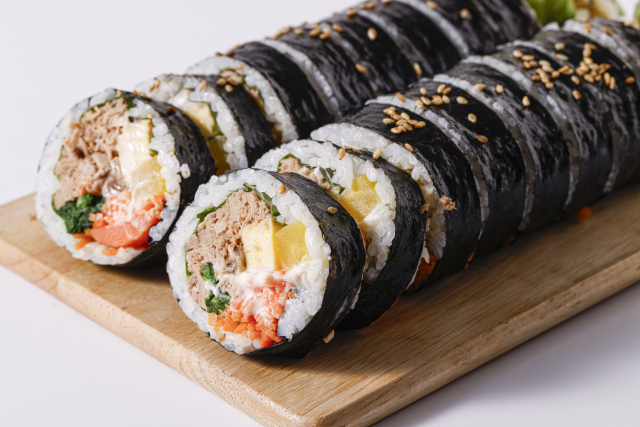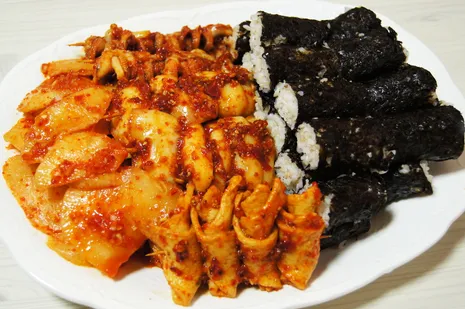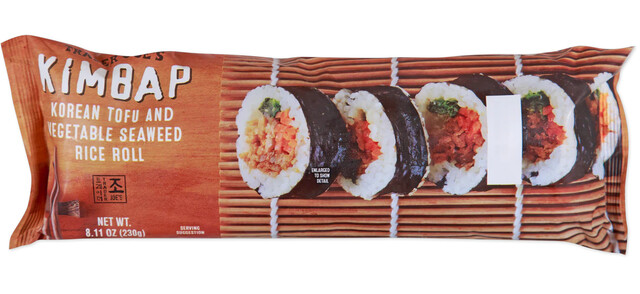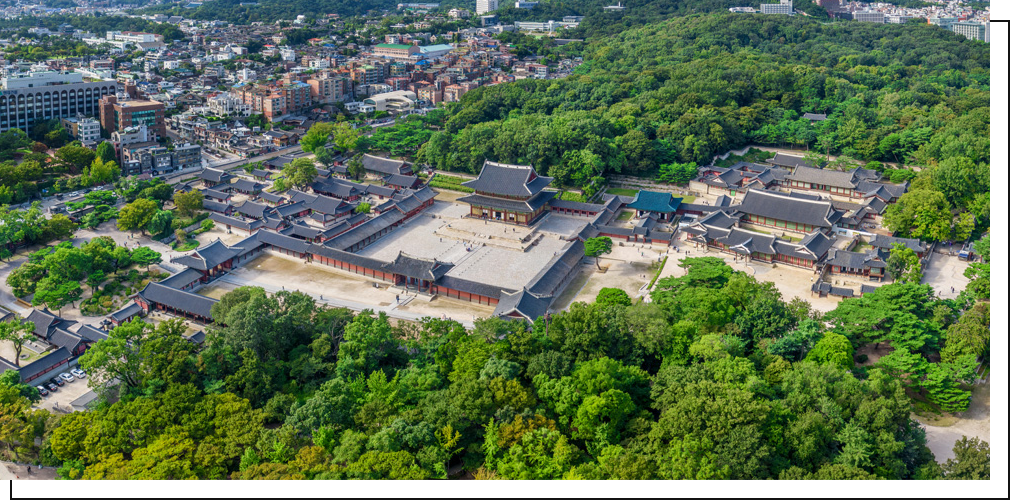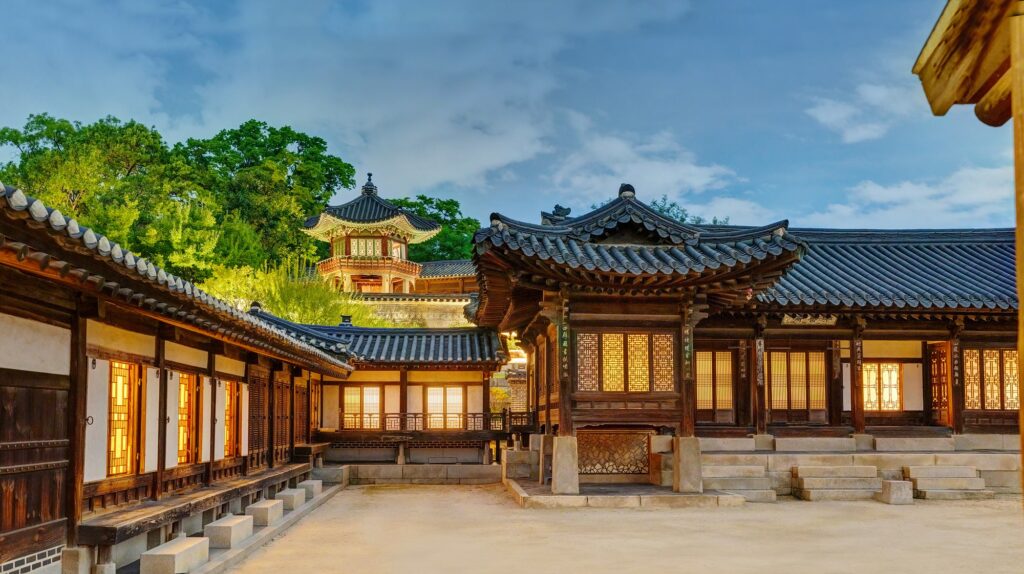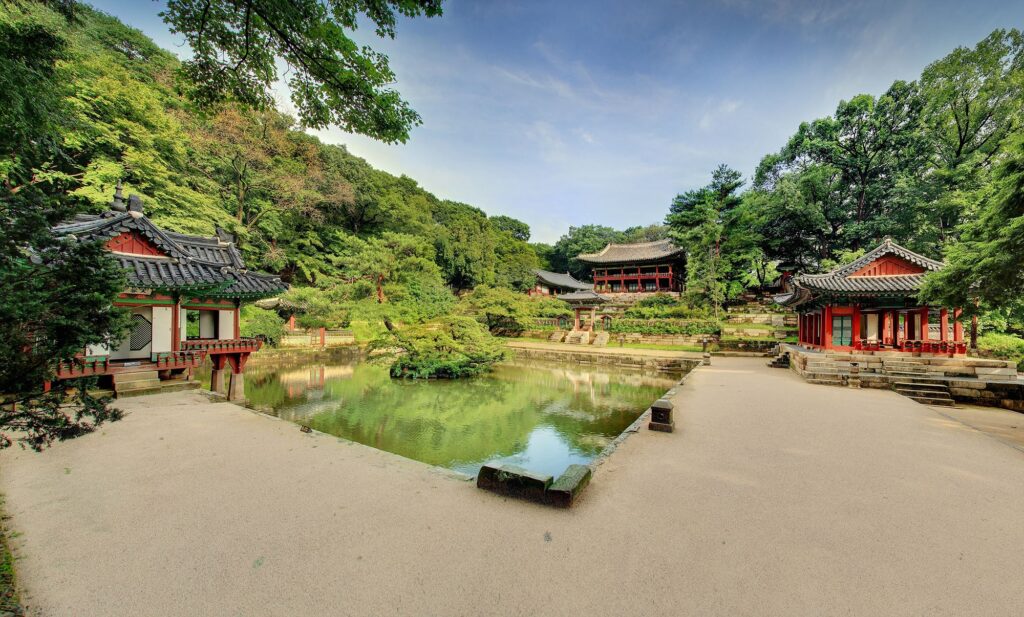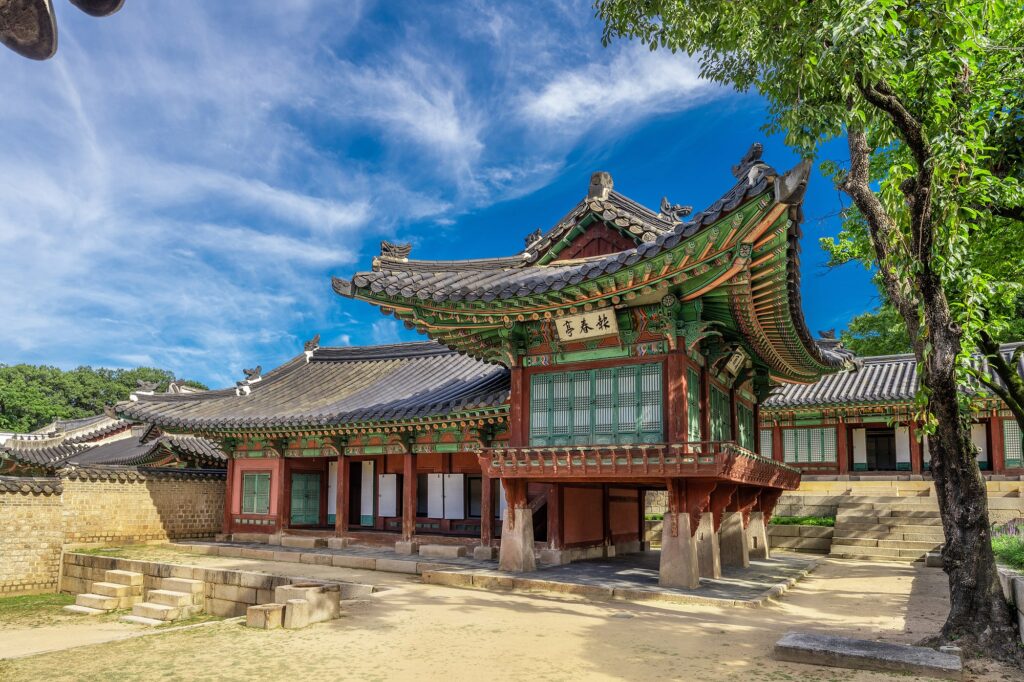Meow! Nice to meet you, friends! I’m Gureum (that means “Cloud” in Korean), and I’m the official mascot—and the fluffiest resident—of this blog. Let me tell you a bit about myself, because who knows me better than… well, me?
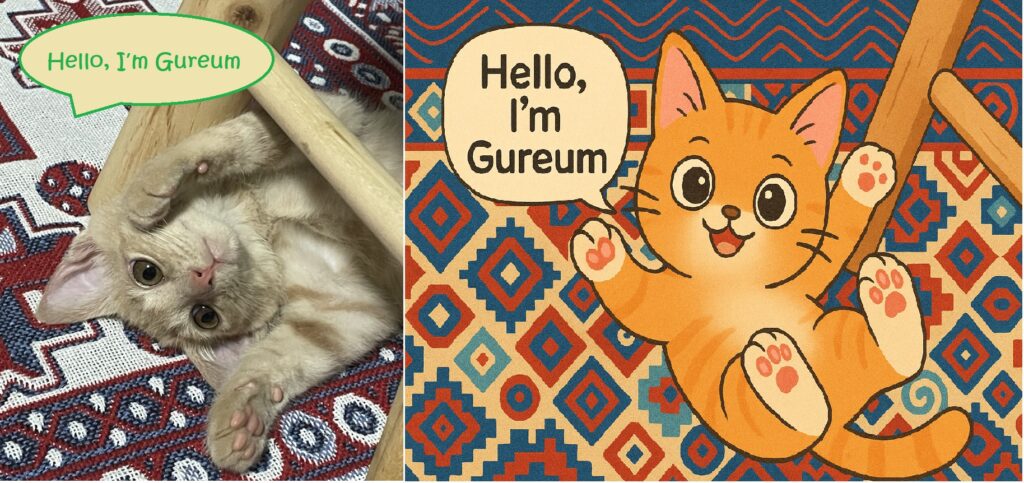
A Little About Me
- Name: Gureum (구름)
- Birthday: March 15, 2021
- Gender: Boy (a very handsome one, if I may say so!)
I’m a bit picky when it comes to food—if you serve me the same wet food three times, I’ll just turn up my nose and walk away! I absolutely love hiding under the bed, where I can spy on everyone without being seen. I might be a little scaredy-cat sometimes, but my curiosity is even bigger than my fears. I just can’t help but poke my nose into everything!
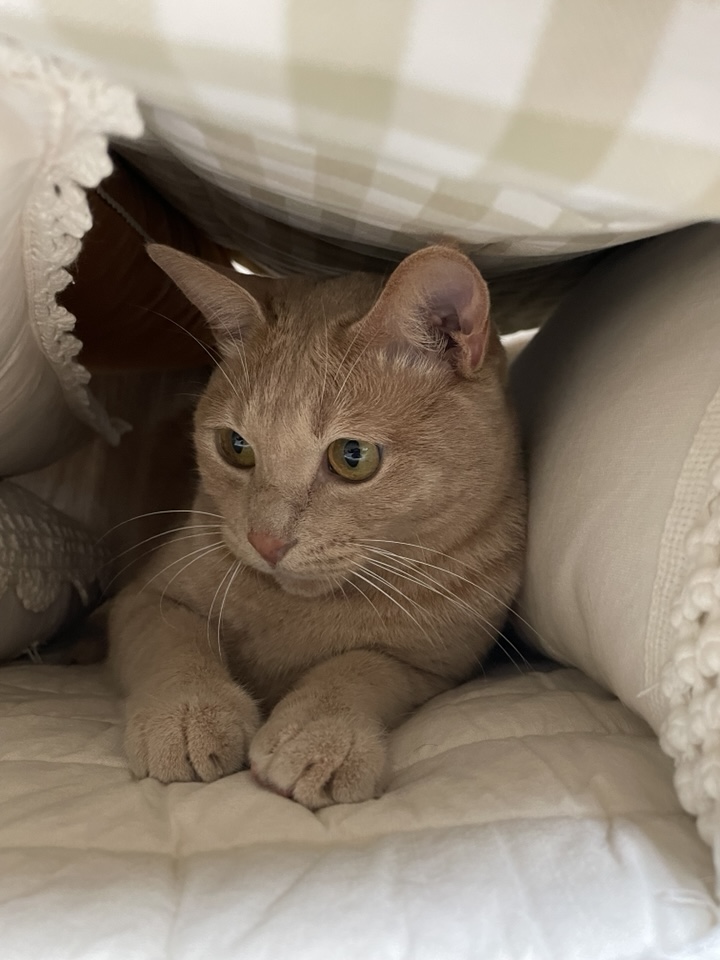
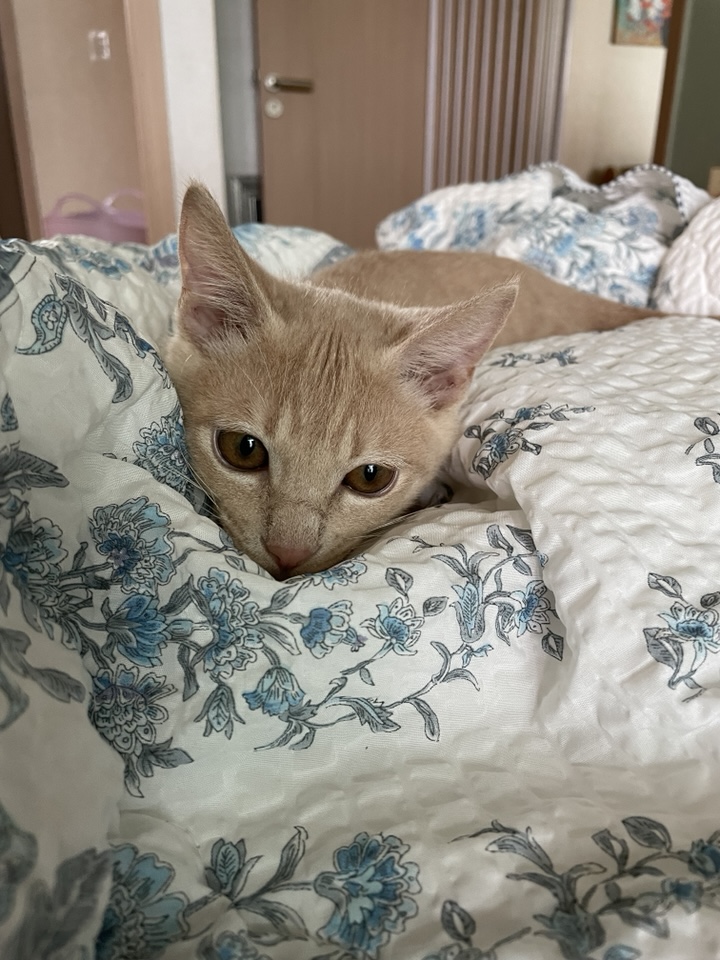
My Daily Life
During the day, you’ll probably find me snoozing in a secret spot (usually under the bed). But when evening comes, I’m wide awake and ready to play! I’ll meow and demand attention until someone gives in and plays with me. I may act shy, but when there’s something new to explore, I’m always the first to check it out.
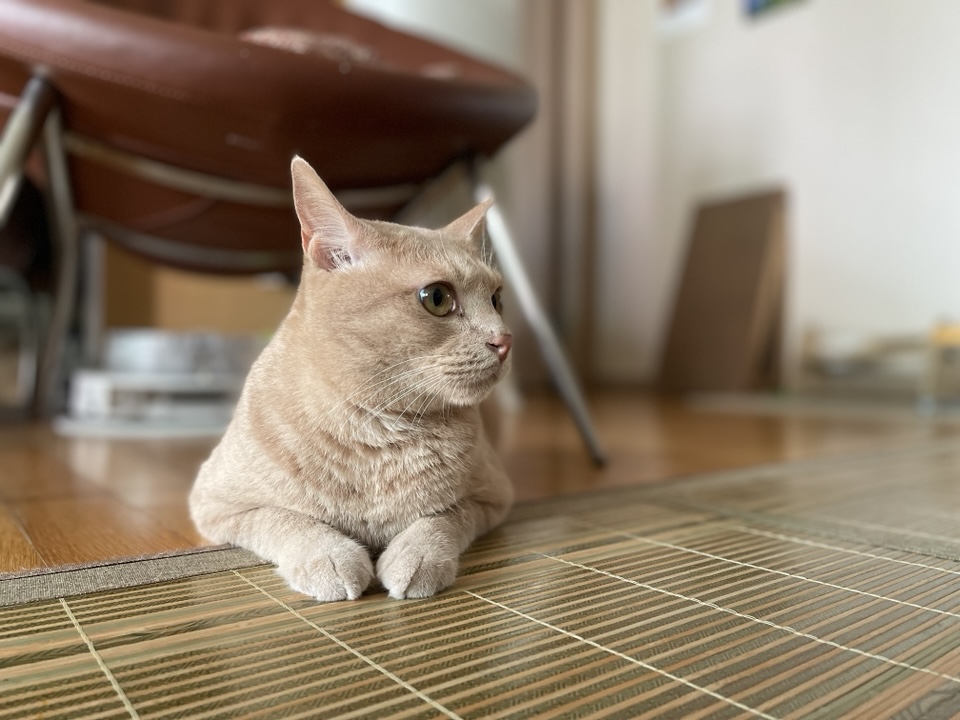
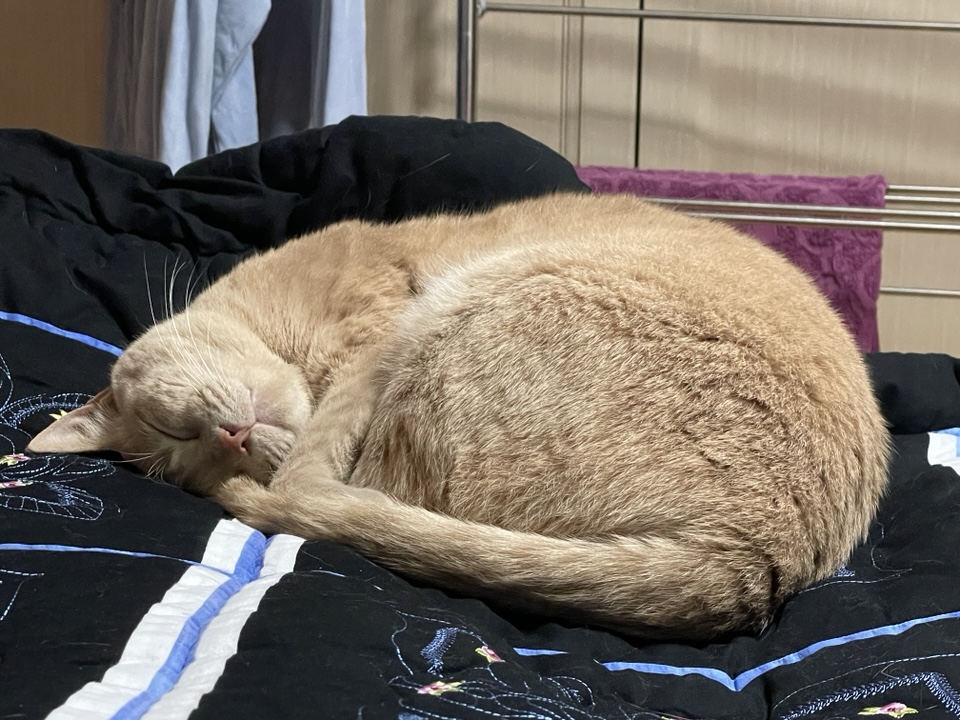
My Rescue Story
I wasn’t always a pampered house cat. When I was just about a month old, I was rescued from behind a factory by a kind factory owner. He not only saved me, but also paid for a whole month of vet care so I could get healthy and find a loving home. Thanks to him, I met my forever family.
My favorite human is my 누나 (“nunʌ”, big sister). We met when she was just 10 years old. Now she’s a busy middle schooler, so I don’t get to play her as much, but she’s still the one I rely on most. My grandma is the best at taking care of me—she really understands what a cat needs!
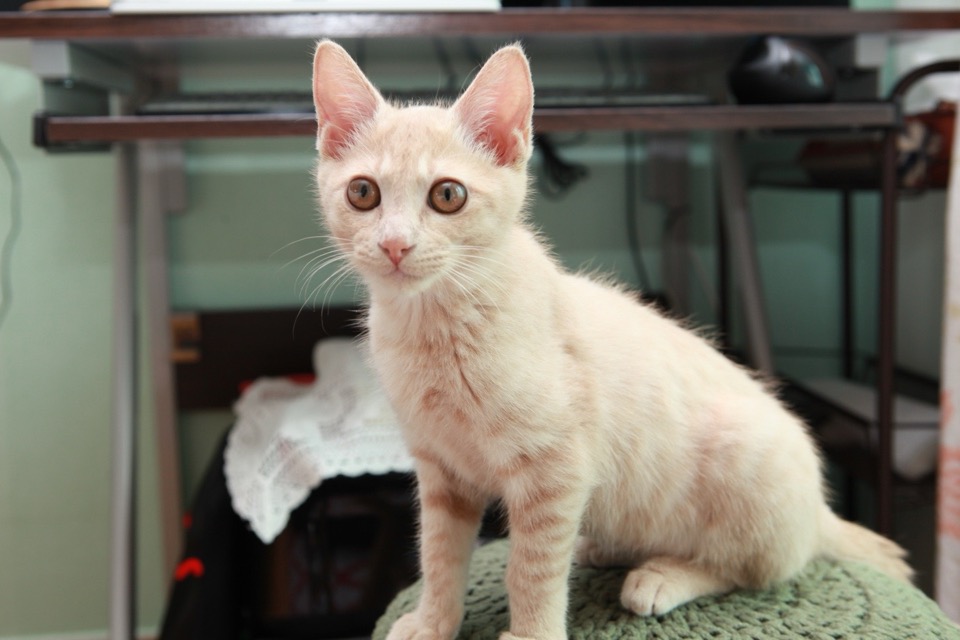
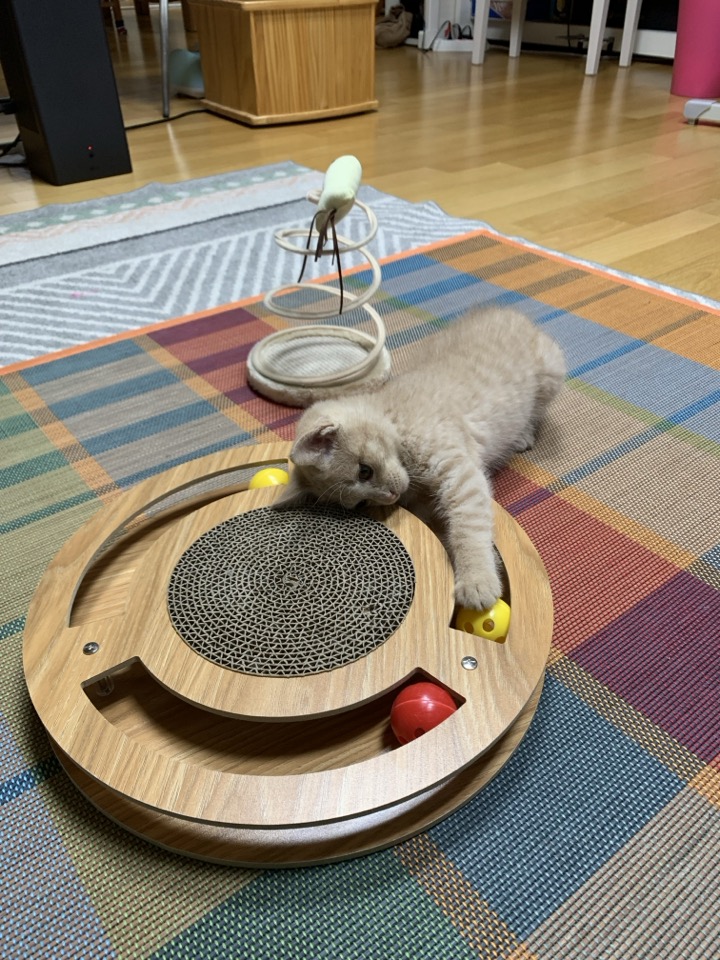
New Adventures
We recently moved to a new house. Did you know changing territory is a big deal for cats like me? It was a bit stressful, but I’ve settled in nicely. These days, I love sitting by the window and watching the kids play in the playground outside. The weather is great, and there’s always something interesting to see!
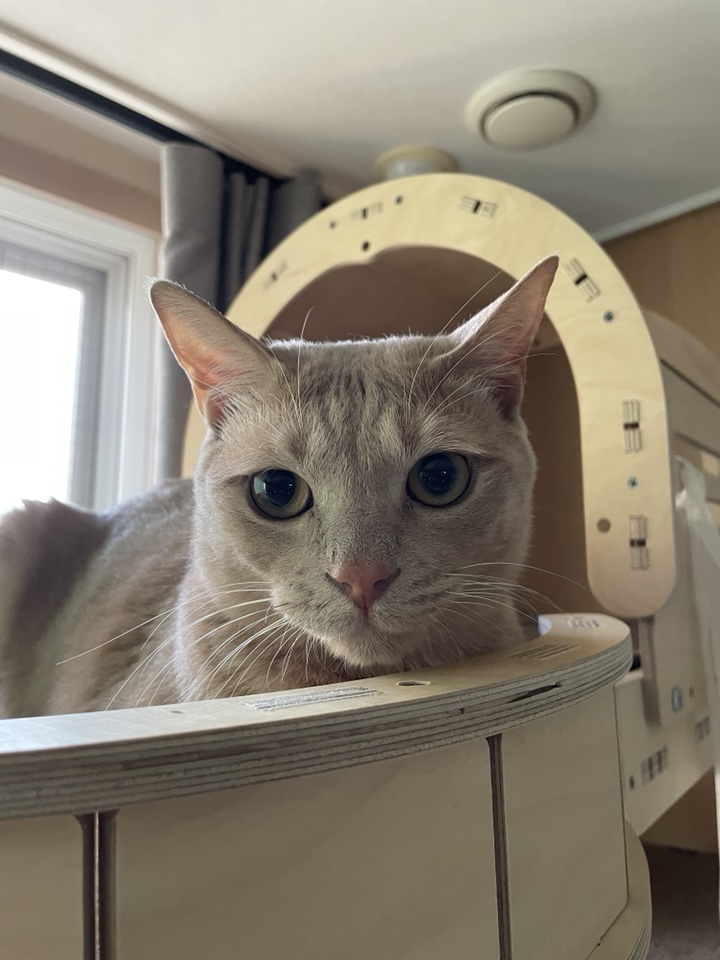
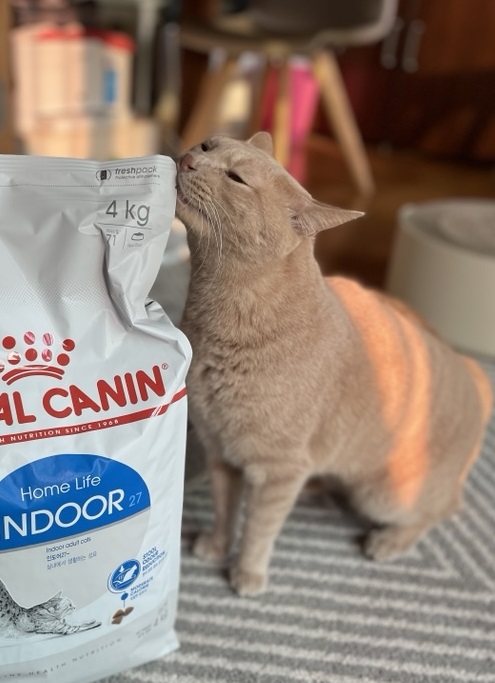
Let’s Explore Korea Together!
As a cat living in Korea, I’m excited to share all sorts of fun and interesting stories about this country with you. I think the excitement and curiosity I feel about Korea are just like what many foreign visitors experience. Through my eyes (and whiskers!), you’ll get to know Korean culture, food, and daily life in a way that’s both fun and unique.
So, whenever you visit this blog 1, remember—I’m here to welcome you with a soft purr, a flick of my tail, and plenty of amusing tales from my life as Korea’s most curious cat mascot. Let’s explore Korea together!
